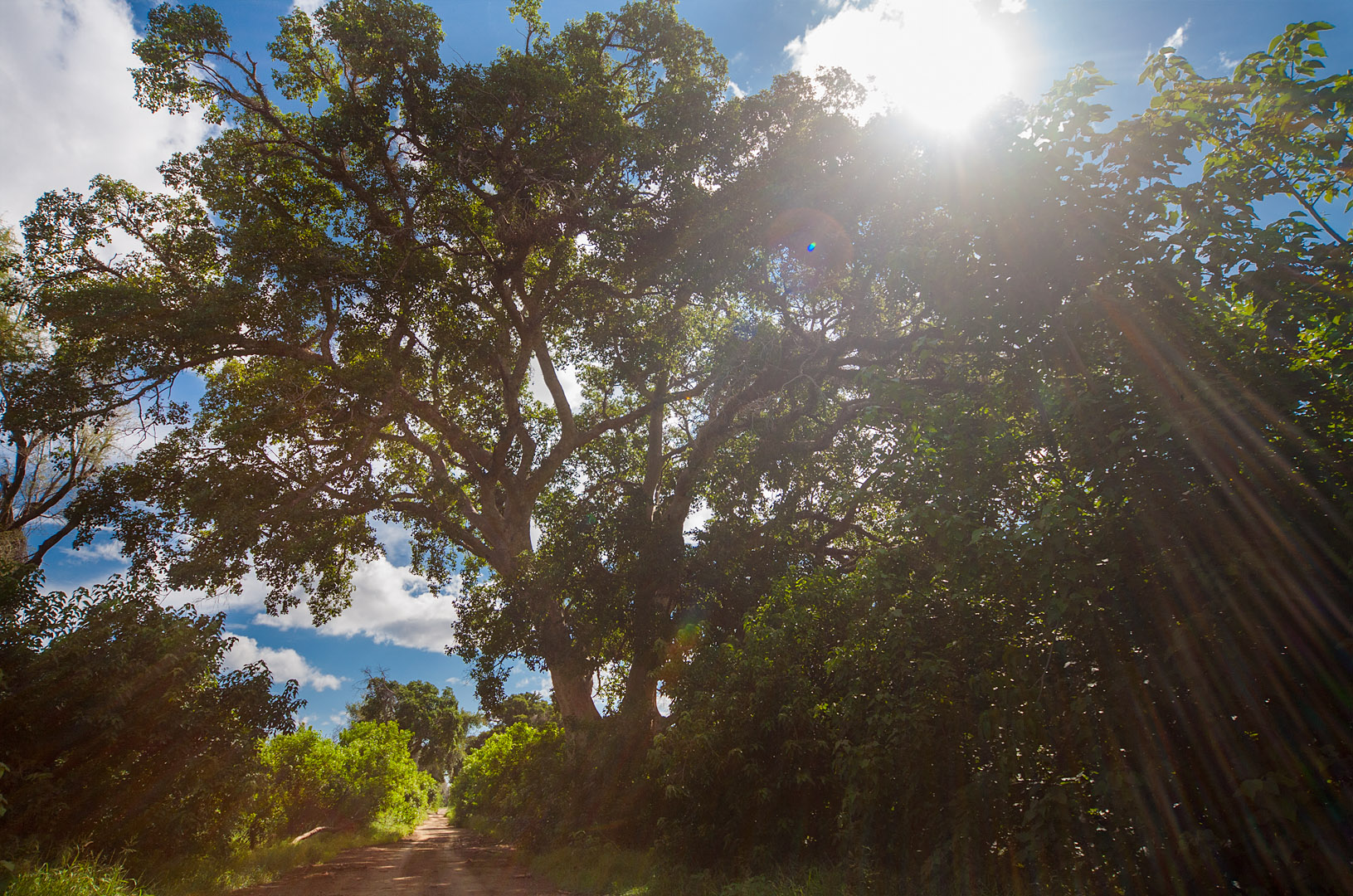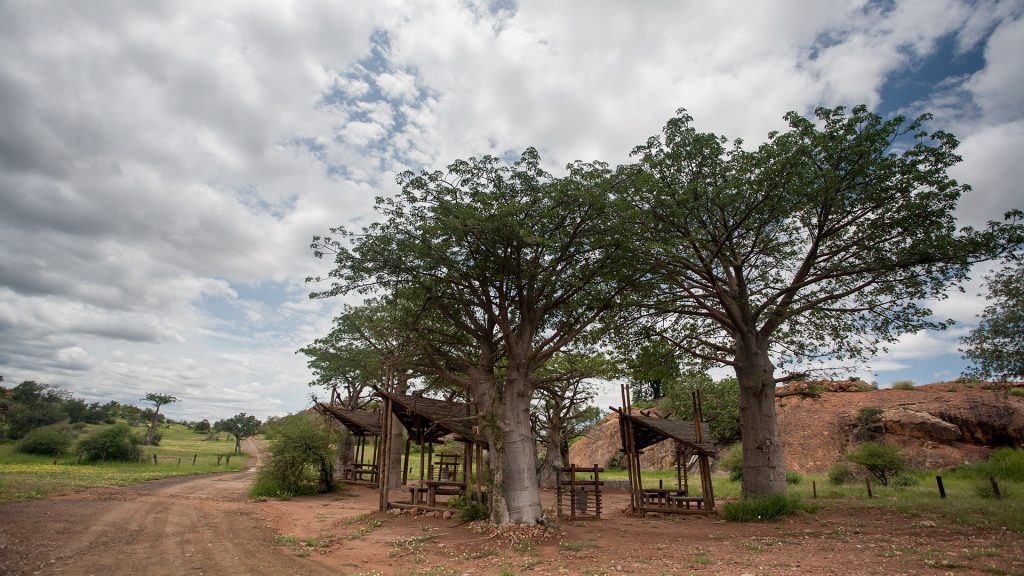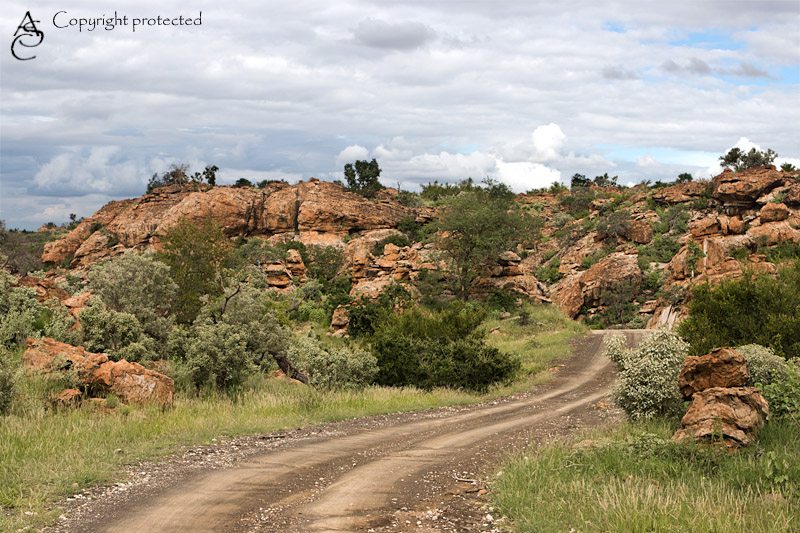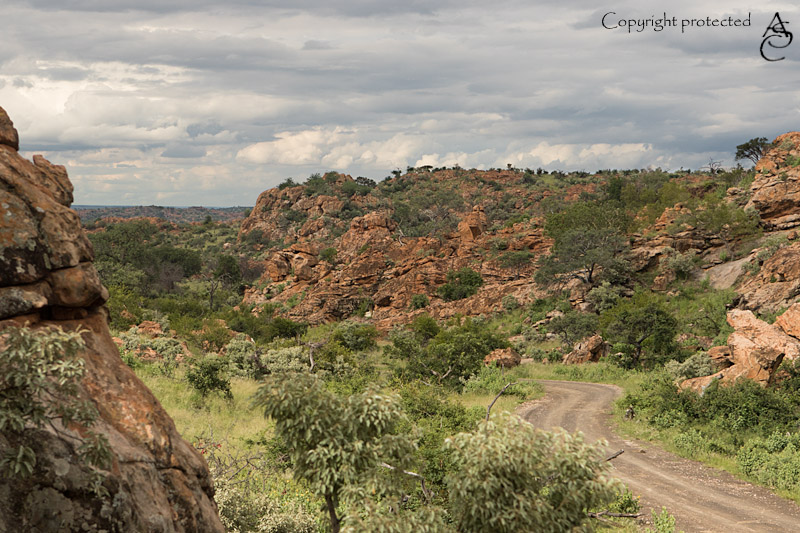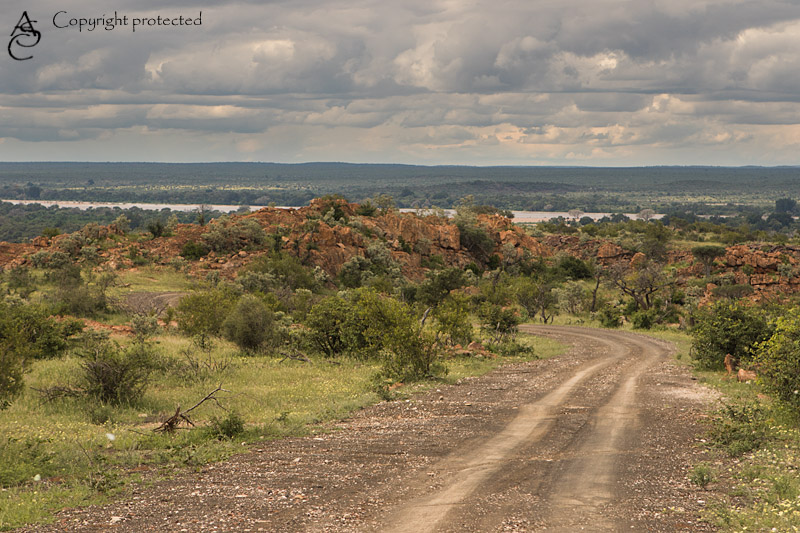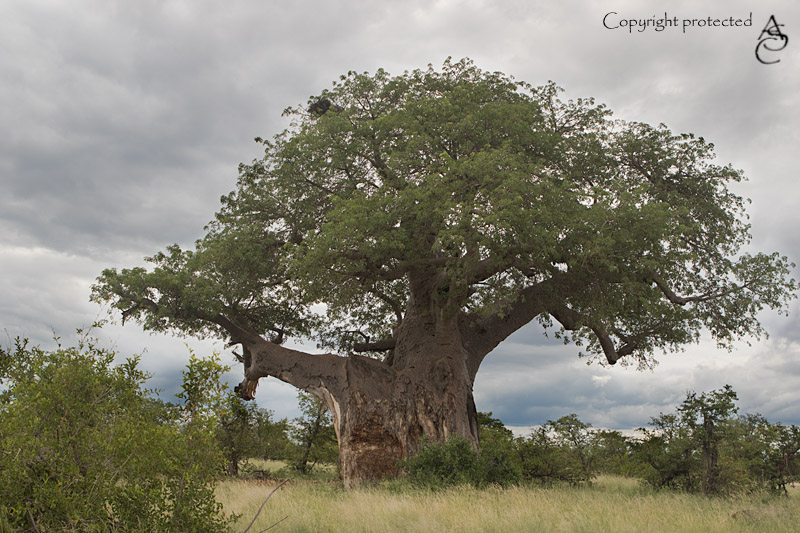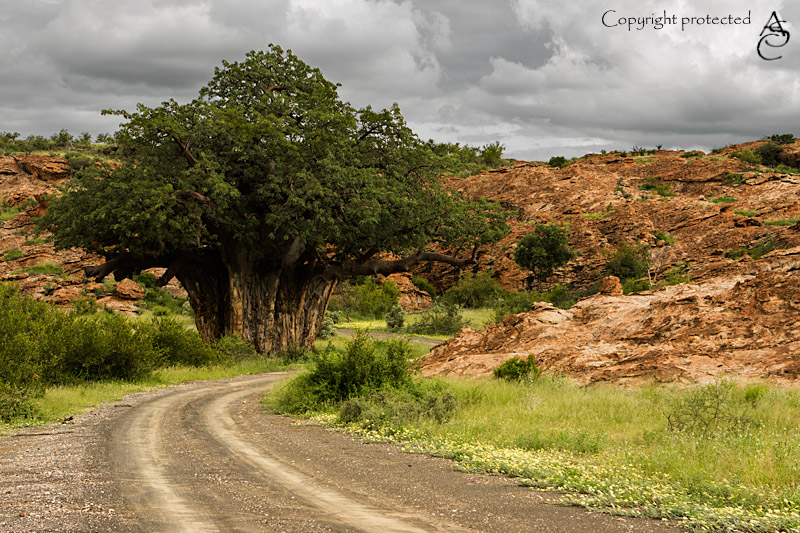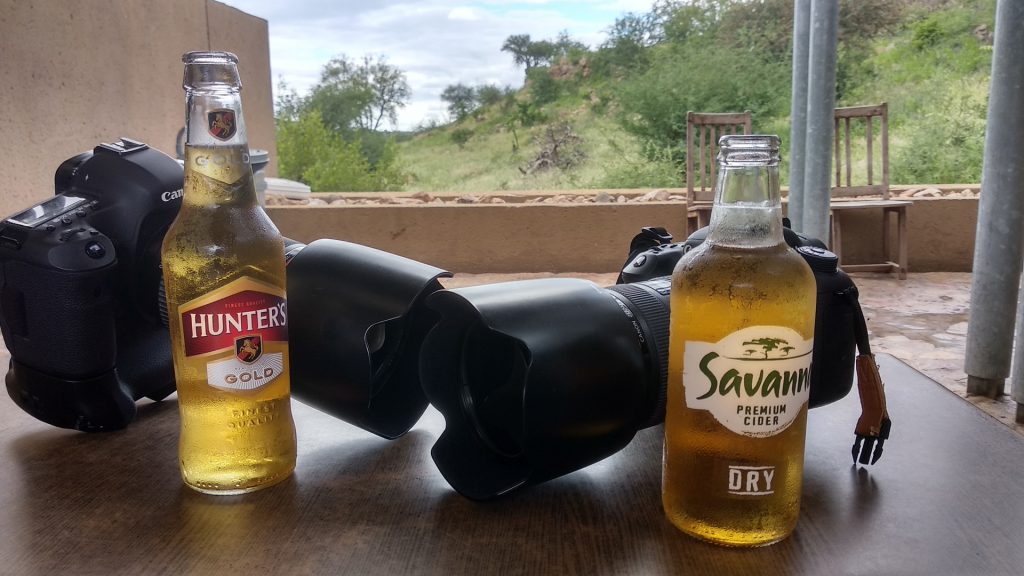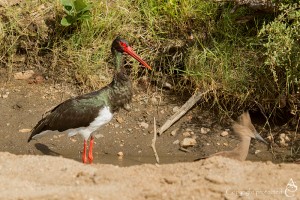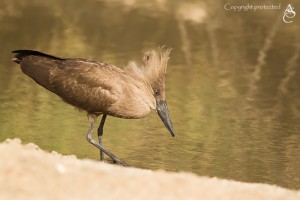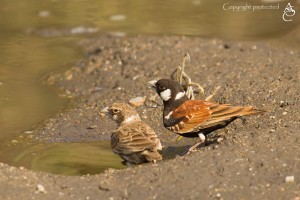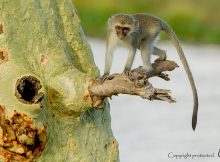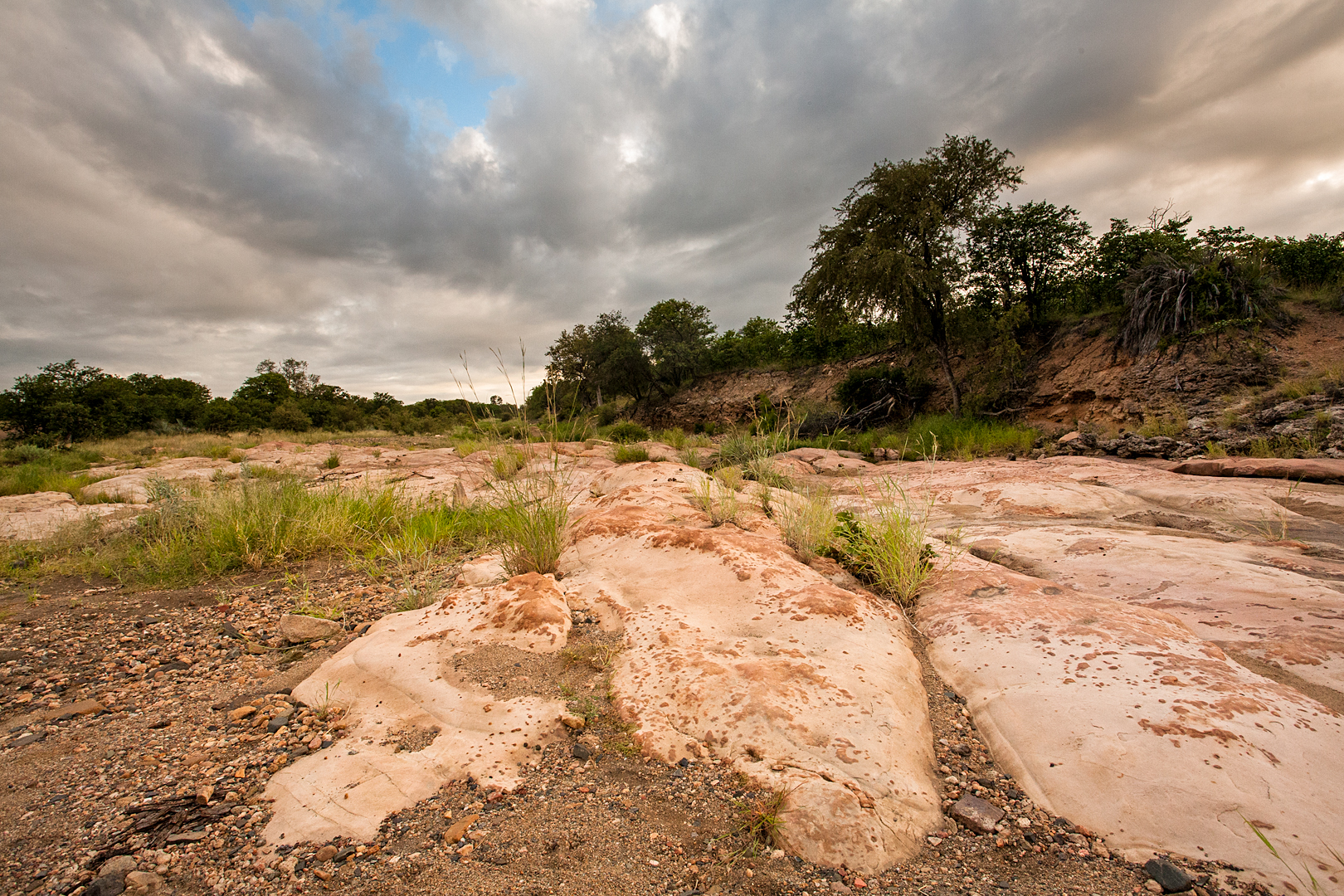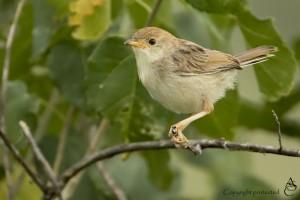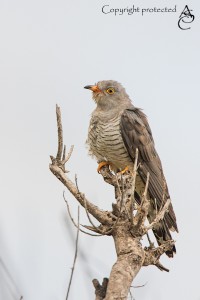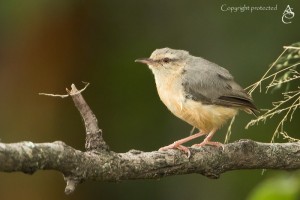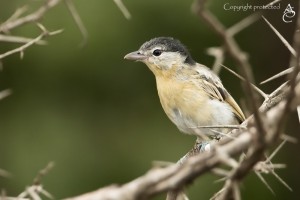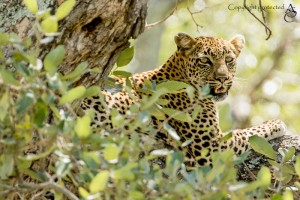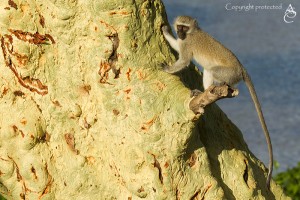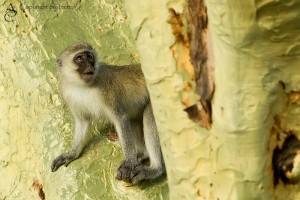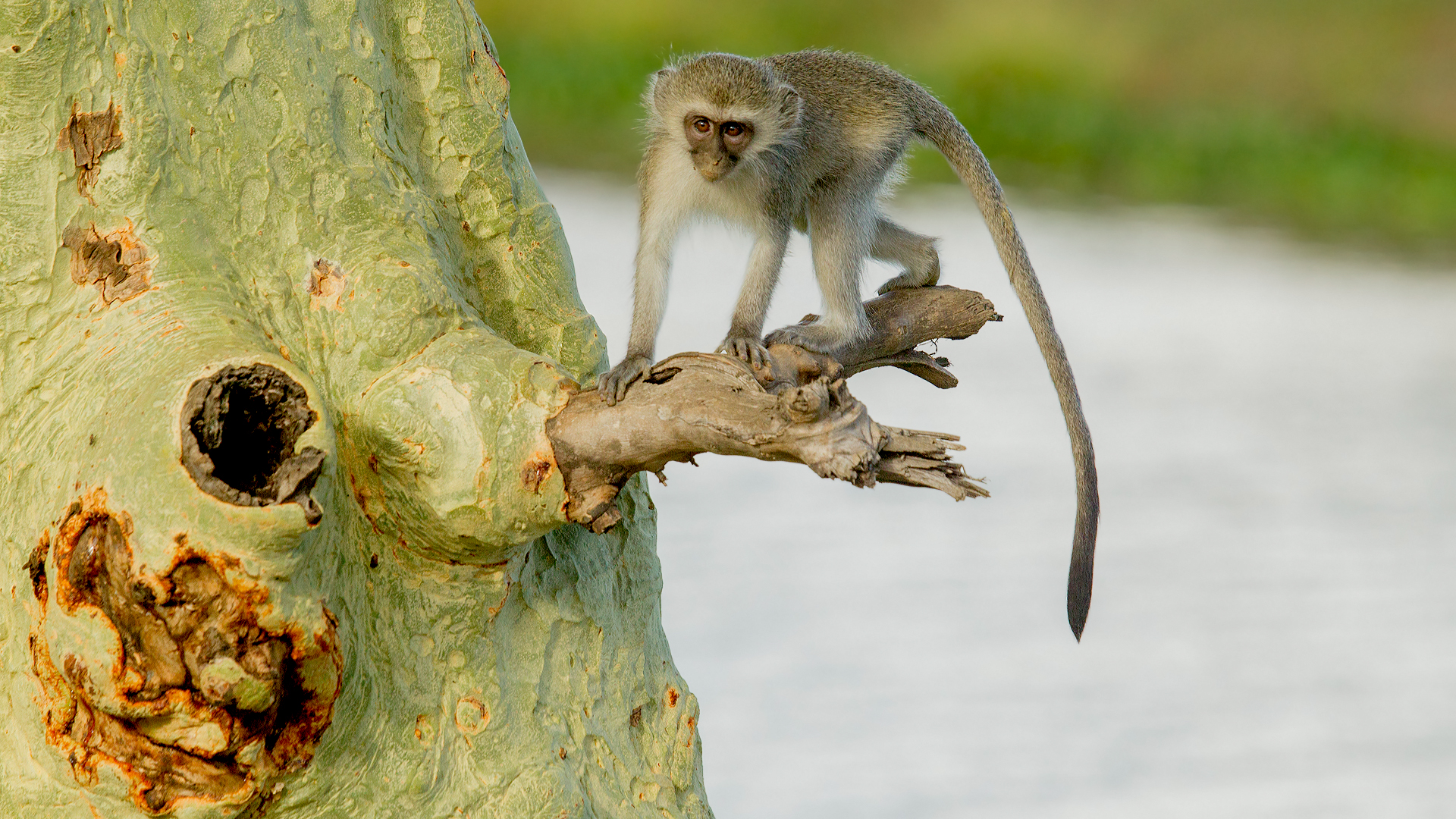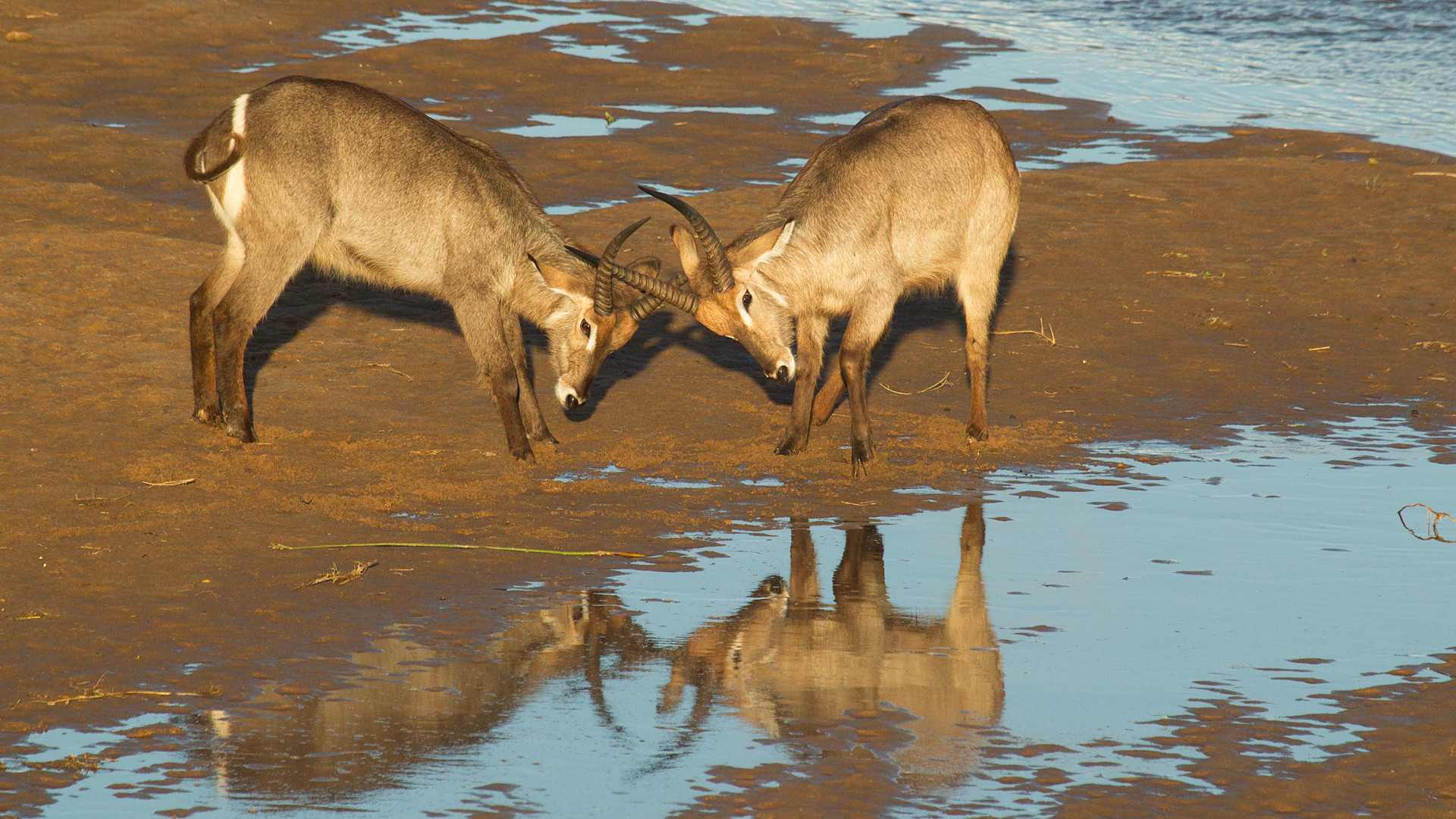Besides the spectacular array of birds, the Eastern section of the park offers a lot to see and a lot to do for non-birders. There is the treetop walk, where you walk on a raised walkway inside the forest canopy, and have the opportunity to get up close and personal with some tree squirrels
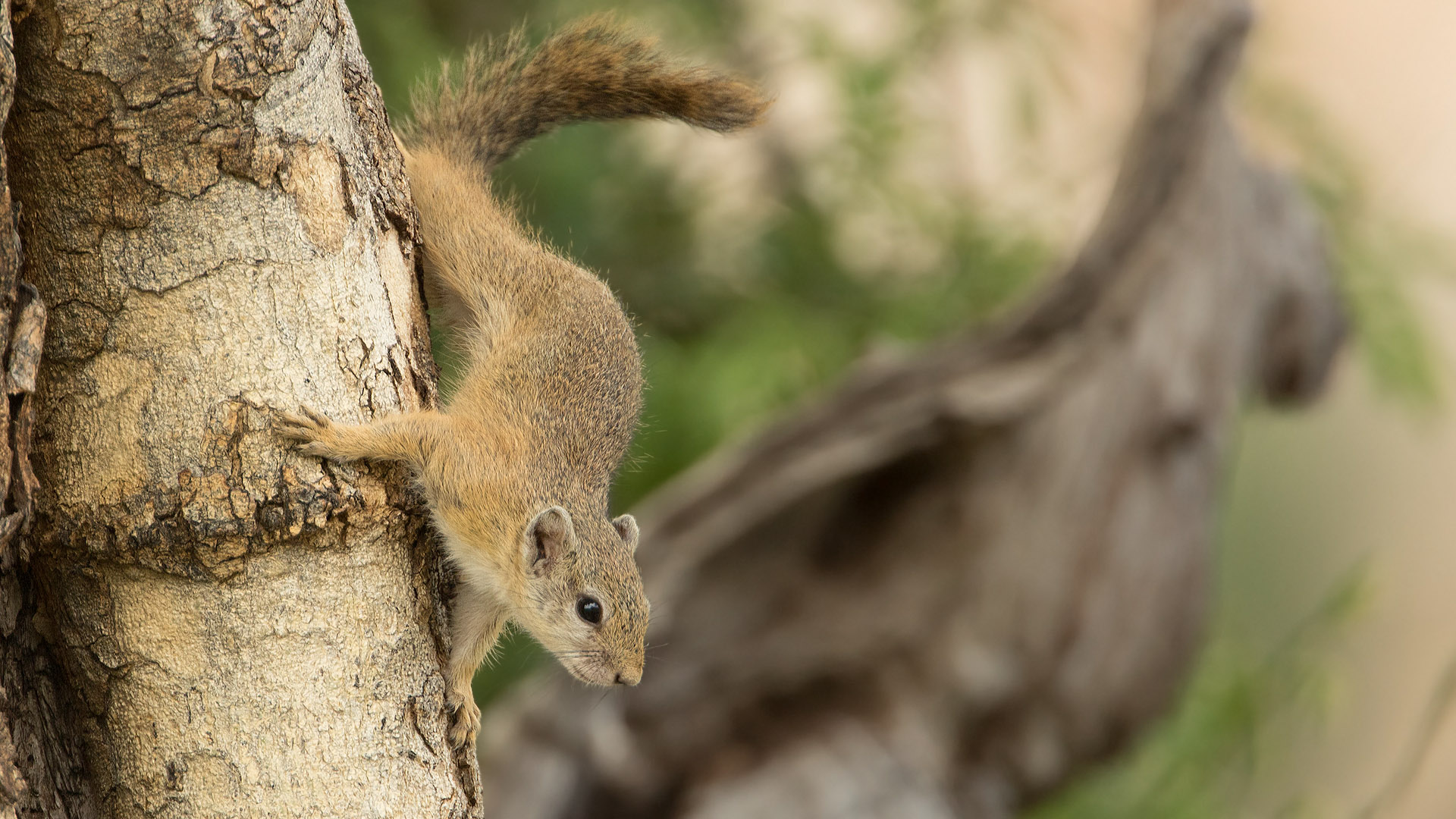
Further down the road, you find a basic, but truly gorgeous picnic site with tables surrounded by young baobab trees. There is also a small tuck-shop, selling cool drinks and firewood
The path to the four confluence viewpoints start from this picnic site. The view are absolutely spectacular. Well worth a visit!
Of course, the fact that both the Limpopo and Sashe rivers were in full flood when we were there, served to make the views even more spectacular. Normally, you can expect to see the confluence of two wide, sandy river beds with a few standing pools of water. We were privileged to see the confluence of two large, fast-flowing rivers!
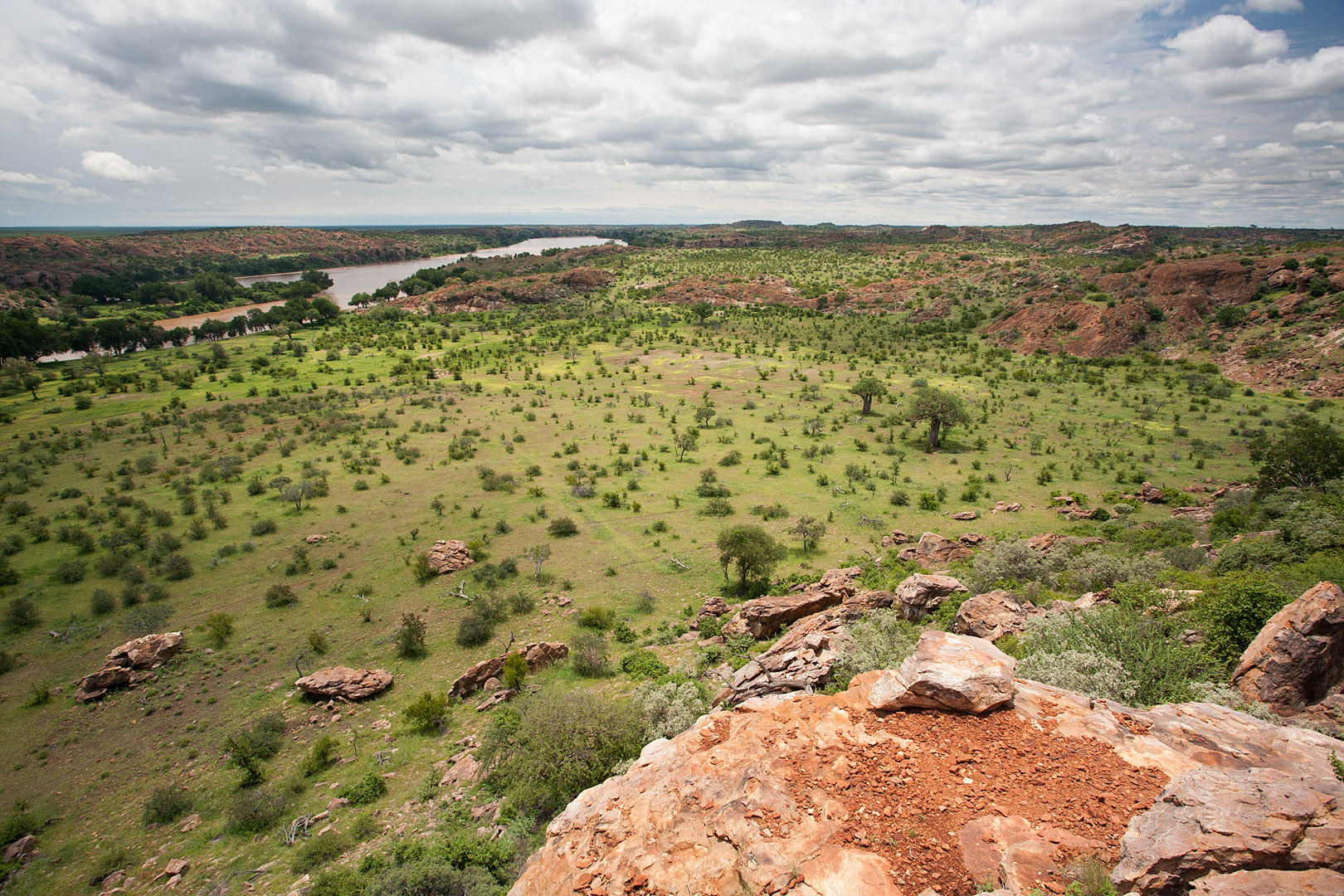
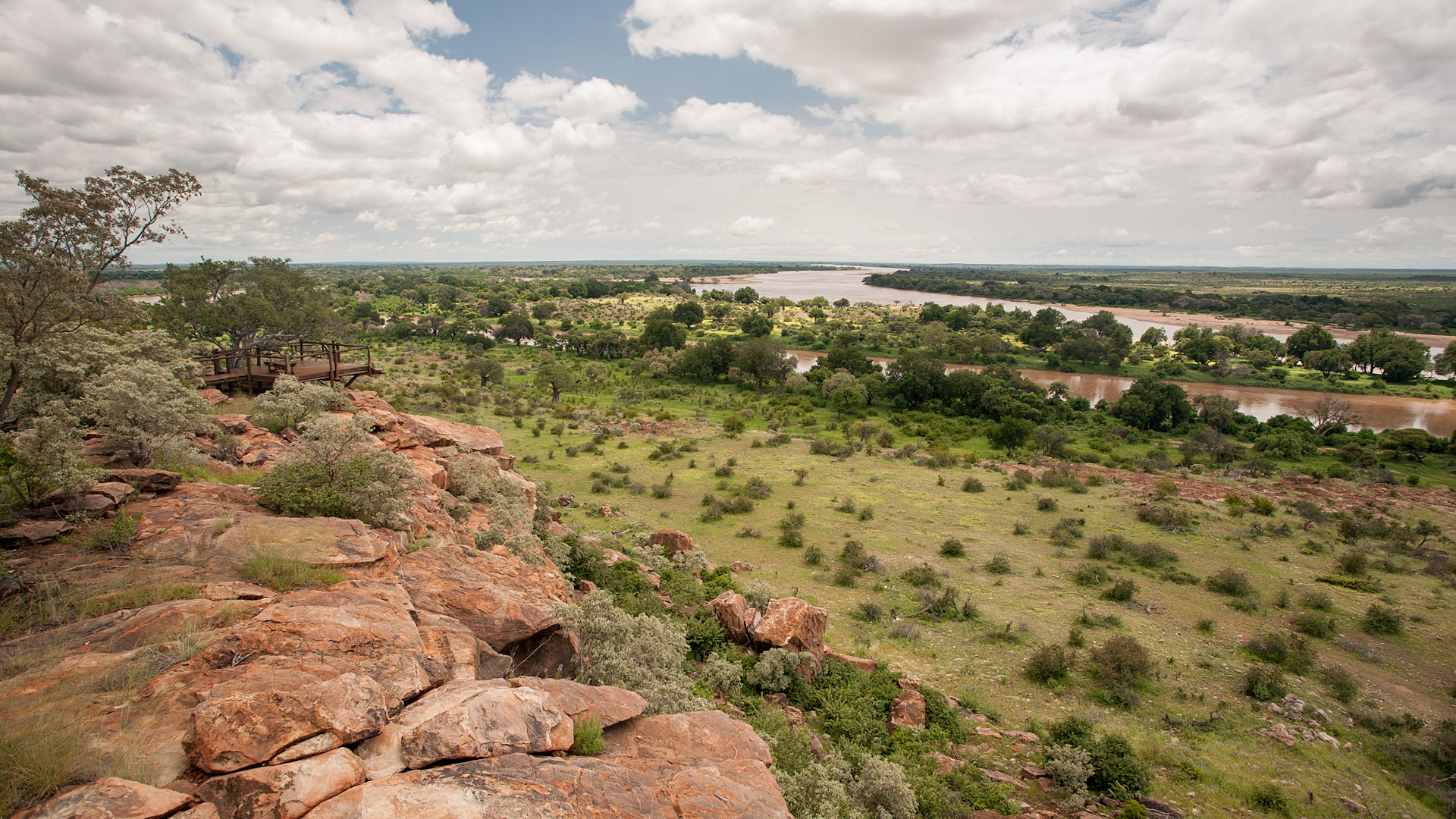
While at the viewpoints, one should also keep a lookout for the colourful flat-lizards that inhabit the rocky outcrops!
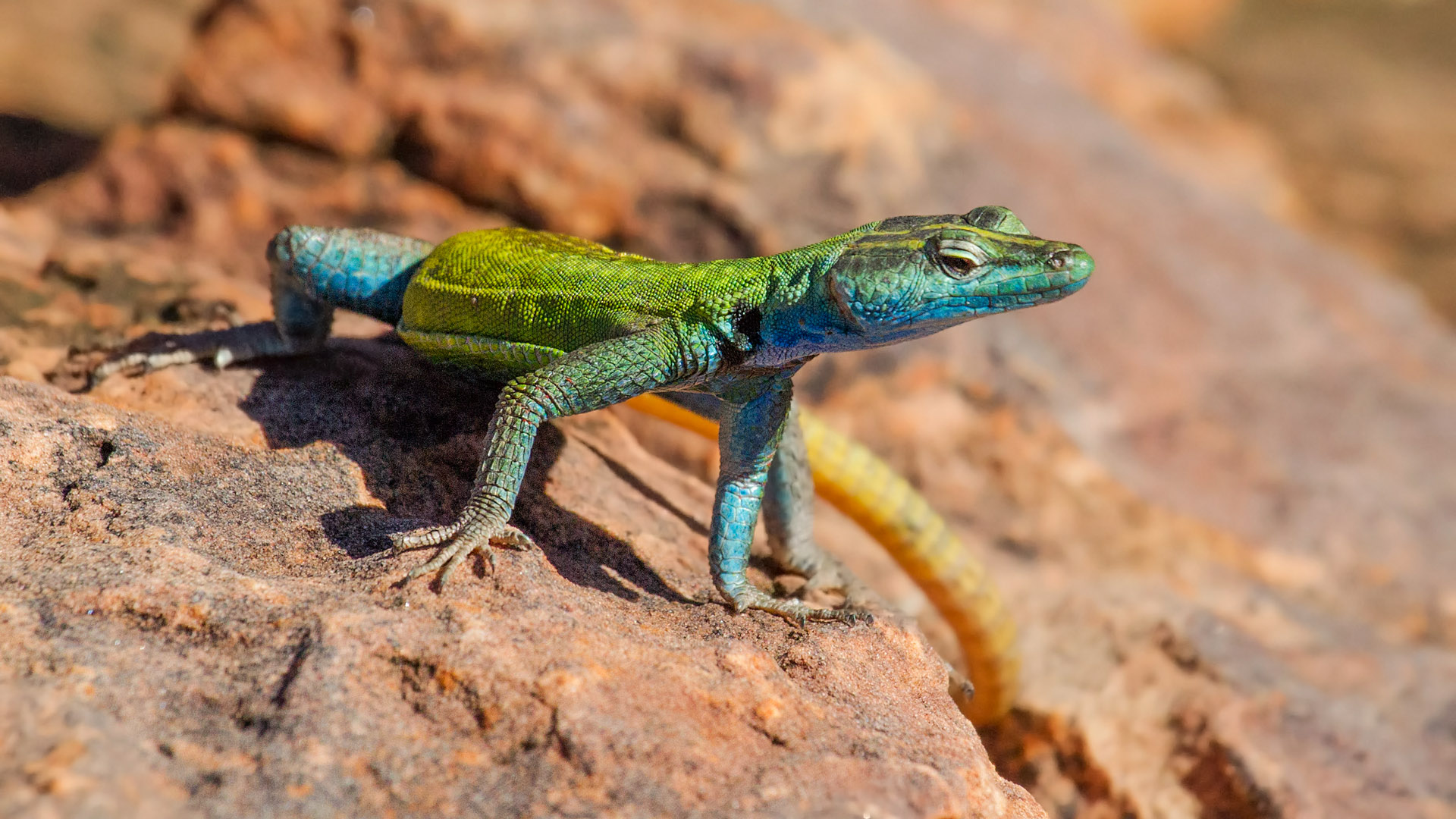
Further East of the viewpoints, you find the river road, where you will drive through a forest of massive Ficus and Njala trees.
